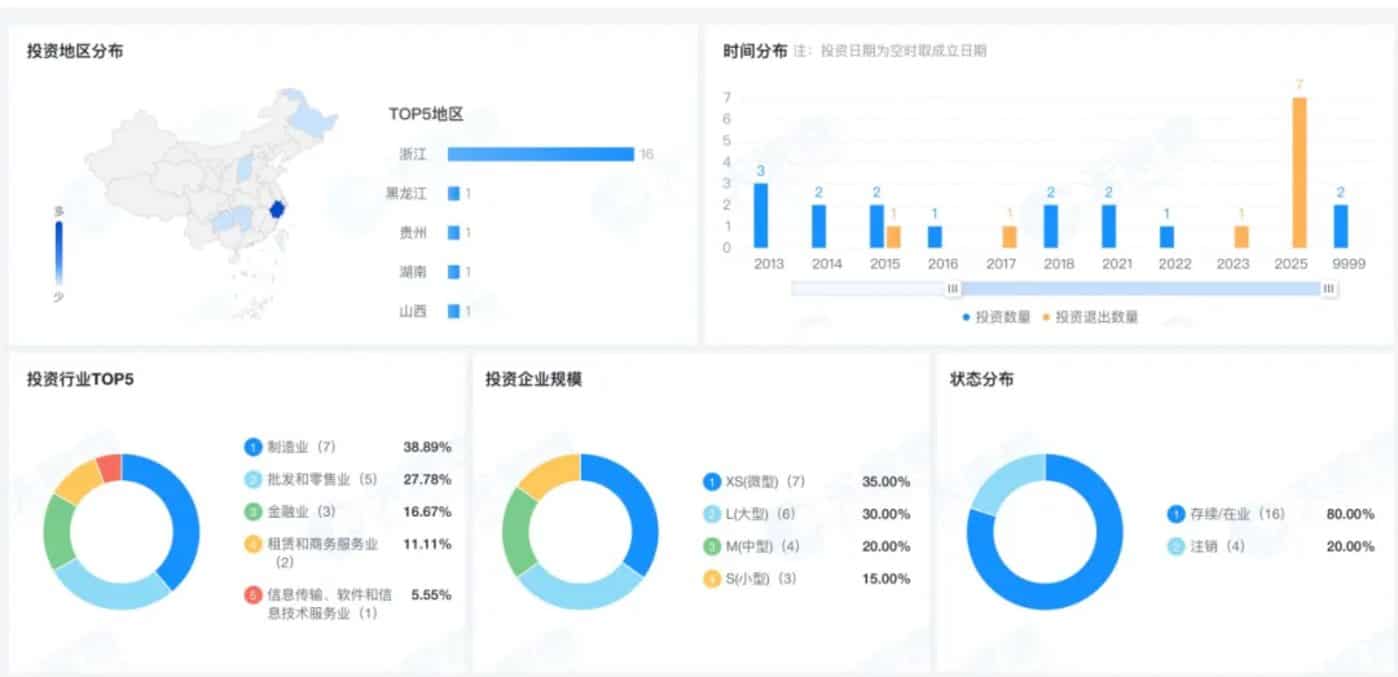TMTPOST -- Some industry observers are hailing 2025 as the inaugural year for low-speed unmanned delivery vehicles. Demand for these machines, long considered a niche application of autonomous driving, has surged since the beginning of the year. Sales have already crossed the ten-thousand mark, signaling that both market scale and profitability may be within reach.
Others, however, warn that the sector is already turning into a “red ocean.” With new entrants flooding the market and margins narrowing, competition could outpace growth before companies achieve long-term stability.
At the heart of this debate is a new wave of players—from traditional automotive suppliers to robotics firms and logistics startups—all betting that autonomous delivery vehicles will become a critical pillar of urban logistics.

A Second Battlefield for Growth
Desay SV, a 40-year-old leader in smart cockpits and intelligent driving systems, has made its boldest strategic shift yet: placing unmanned vehicles at the core of its future growth.
Chairman Gao Dapeng has described low-speed autonomous delivery vehicles as the company’s “second battlefield,” and is committing top-tier automotive-grade resources to the initiative. His rationale is simple: the next decade of smart mobility will not be defined only by self-driving passenger cars, but by the “capillaries” of the city—the last few kilometers of logistics, sanitation, and delivery services. These segments, he argues, are poised for rapid efficiency gains and intelligent transformation.
Estimates back his optimism. China Merchants Securities calculates that based on the number of logistics outlets nationwide, the market potential for autonomous delivery vehicles could reach 468 billion yuan. When measured by residential communities, the figure rises to between 546 billion and 728 billion yuan. Beyond parcel delivery, additional opportunities lie in bulk cargo transport and cold chain logistics.
Neolithic founder and CEO Yu Enyuan shares a similarly bullish view. He estimates the sector could expand tenfold, noting that China has more than 30 million urban delivery vehicles—vans, tricycles, and light trucks—plus 6 million intercity logistics vehicles. For startups like Neolithic, that vast installed base represents a ceiling far higher than current adoption levels suggest.
The promise of such a large market is attracting a diverse mix of challengers.
Desay SV recently launched its unmanned vehicle brand “Chuanxing Zhiyuan” with the S6 series, touting six industry-first technologies including a full automotive-grade development process, intelligent axial control, and enhanced climbing capabilities.
Meanwhile, Hong Kong-listed UDrive Innovation unveiled its “Xiaozhu Unmanned Vehicle” brand. Chairman Liu Guoqing admitted that declining costs in passenger vehicle intelligence have made it feasible to achieve a commercially viable loop in autonomous logistics. UDrive reported first-half 2025 revenue of 346 million yuan, up 32% year-on-year, but still posted losses of 162 million yuan. For the company, unmanned vehicles represent both a potential growth engine and a narrative to reassure investors.
Other firms are circling the space as well. Momenta is reportedly assembling a team dedicated to unmanned delivery, while UBTECH’s logistics arm UQi, long focused on industrial AGVs and forklifts, is preparing to extend its reach into delivery robots.
The recent moves by Desay SV and UDrive Innovation illustrate a broader industry trend: the push toward “vehicle-grade” development. As suppliers migrate standards from passenger cars to delivery robots, the overall quality of unmanned delivery vehicles is expected to rise. That shift could increase entry barriers, forcing companies to compete on safety, lifecycle costs, and reliability rather than just price.
Yet for now, the competitive landscape remains fluid. According to the Low-Speed Autonomous Driving Industry Alliance, China shipped 6,600 unmanned delivery vehicles in 2024. Deliveries in the first half of 2025 alone surpassed 12,000 units, more than double last year’s total. Soochow Securities forecasts sales will exceed 30,000 units in 2025.
UDrive Innovation has set a target of 400 to 500 vehicles by year-end, aiming to reach tens of thousands in 2026. Desay SV has not disclosed sales goals but said its S6 series already has customer orders. Neolithic, which recently rolled out its 10,000th vehicle, expects to deploy 4,000 to 5,000 units outside the express delivery sector by year-end.
Despite rapid growth, many insiders warn the industry is already a “red ocean.” Several factors explain this view.
First, competition is intensifying. Logistics giants such as China Post, SF Express, STO, ZTO, and J&T are accelerating deployments, while new entrants like WeRide, Momenta, and UBTECH are joining the fray.
Second, capital is flooding in. Neolithic recently closed a 1 billion yuan C+ round, Jush Intelligence raised nearly $300 million, and White Rhino secured 200 million yuan. This influx has fueled aggressive expansion but also heightened rivalry.
Third, differentiation is difficult. Most companies adopt similar business models—selling vehicles outright or combining low-cost hardware with monthly software fees. Hardware costs are falling so sharply that some vehicles now sell for as little as 20,000 yuan. Aggressive tactics like “zero down payment” and “9.9 yuan delivery fees” mirror the price wars seen in China’s passenger EV market.
The result is mounting pressure on margins. Yu Enyuan of Neolithic acknowledges that price competition is inevitable at this stage but insists the real business model lies in “transportation capacity as a service.” In his view, the winners will be those who deliver superior customer experiences and lower operating costs—not just cheaper vehicles.
Yet real demand is undeniable. A procurement order for 7,000 vehicles worth 2 billion yuan from China Post has drawn industry-wide attention. STO Express has partnered with Cainiao to deploy 2,000 vehicles this year, SF Express has launched 1,800 across 72 cities, and ZTO Express has plans for 10,000 units.
Policy is also catching up. By mid-2025, 103 Chinese cities had granted road access to unmanned delivery vehicles, covering more than 80% of major logistics hubs. Cainiao CTO Li Qiang predicts that within three to five years, the express sector alone could deploy 200,000 units.
For companies, the question is whether profitability can match the surge in demand. Soochow Securities estimates that once annual sales exceed 5,000 units, firms can break even; at 50,000 units, profit per vehicle could reach 43,000 yuan with margins above 40%.
Yu Enyuan says Neolithic has already achieved monthly profitability. “Once monthly sales surpass 1,000 units, we can break even or turn a profit for that month,” he noted, pointing to high gross margins.
The math suggests profitability is closer than ever, but the race to secure large orders is critical. The first companies to lock in scale could enter a virtuous cycle of volume, revenue, and reinvestment.
A Marathon, Not a Sprint
Despite the optimism, industry veterans caution against short-term thinking. Building vehicles is akin to running a marathon: sustainable engineering standards, reliable supply chains, and robust service models will ultimately determine winners.
As Li Qiang of Cainiao put it, “The autonomous vehicle market is about to reach a tipping point.” But reaching that milestone requires more than hype or capital. The real test will be whether companies can deliver consistent value—reducing costs, raising efficiency, and proving that unmanned delivery is not just a novelty, but a long-term infrastructure for urban logistics.
2025 may indeed be remembered as the year unmanned delivery vehicles broke out of obscurity. But whether it marks the dawn of a new golden era—or simply the beginning of an intense and unforgiving battle—remains to be seen.
更多精彩内容,关注钛媒体微信号 (ID:taimeiti),或者下载钛媒体 App





























